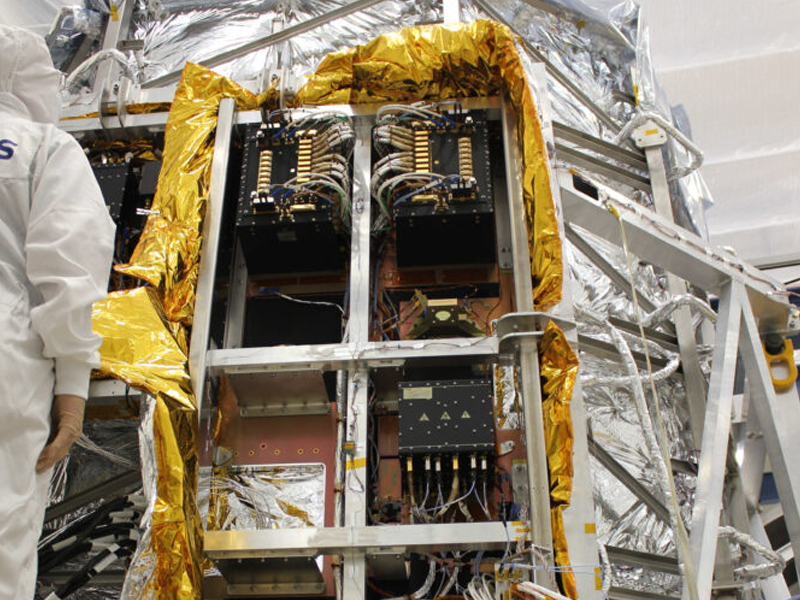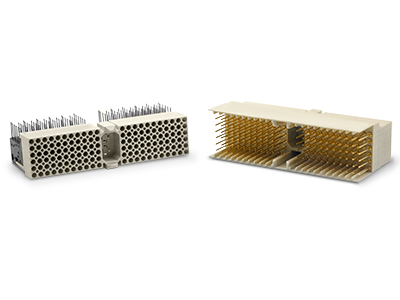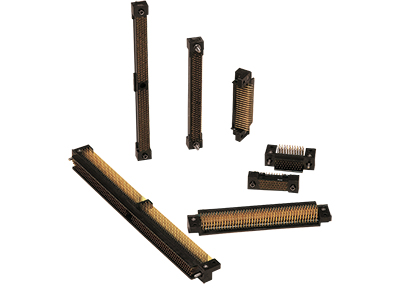Euclid's launch represents a notable step forward in Space exploration as it is now located at Lagrange point 2, in a unique orbit ‘behind’ Earth. This progress owes much to the substantial contributions of OHB Italia in crafting intricate electronic units and the expertise of Smiths Interconnect in advanced connectivity solutions.

The mission's goal is to contribute to our understanding of the universe, with its primary objective being the exploration of the "Dark Universe." Euclid aims to achieve this by performing the largest and most accurate 3D map of the Universe, observing the shape, position, and distance of billions of galaxies beyond the Milky Way. This ambitious endeavour will help us to comprehend the nature of dark energy and dark matter, which may constitute up to 95% of the Universe, and gain insights into how it has expanded and how its structure has evolved throughout cosmic history.
A noteworthy achievement was celebrated as the Euclid team recently completed a critical focusing procedure. The images obtained during this process have already provided valuable insights into the beauty of the universe, generating anticipation for the mission's outcomes. Euclid, a specialised space telescope designed exclusively for astronomical purposes, serves as a testament to human ingenuity and the pursuit of knowledge. Comprising two advanced instruments, VIS and NISP, this celestial observer is poised to significantly enhance our comprehension of the cosmos.
Smiths Interconnect has an impressive 80-year legacy in the field of space exploration, characterised by a rich history of collaboration with space program engineers to ensure the utmost reliability. They design compact and dependable products suitable for a wide range of applications, including launchers, satellites, manned space flights, and ground systems support.
For OHB Italia, Smiths Interconnect provided crucial connectors for both VIS and NISP instruments. This included the rugged 2mm footprint cPCI backplane system and the high-density PCB signal CSD connector. In the case of VIS, the Visual Imaging Channel, it features an impressive 40x40 cm sensor with a remarkable resolution of 600 Mpx. Smiths Interconnect played a pivotal role by supplying the cPCI connectors necessary for VIS, showcasing their expertise in this critical aspect of the mission. The cPCI connectors utilise the superior Hypertac hyperboloid contact technology, known for its resilience to shock and vibration fretting. Configured on a 2mm center-line with six rows, the 0.4 mm Hypertac contacts within the backplane provide a current rating of 1 A and support data rates up to 3.125 Gbps, all with a contact resistance of less than 8 mΩ.
 2mm footprint cPCI backplane system
2mm footprint cPCI backplane system High-density PCB signal CSD connector
High-density PCB signal CSD connector
In contrast, NISP, the Near Infrared Spectrometer and Photometer, specialises in exploring the near-infrared domain, unveiling new dimensions of celestial discovery. Smiths Interconnect's CSD connectors play a vital role in the analog components of NISP, ensuring the reliable transmission of data in this crucial segment of the mission. The CSD connectors represent the ESA qualified version of the CMD series, characterised by their lightweight design and immunity to shock and vibration, with no micro interruptions (tested at 2ns).
These units, VIS.CDPU and NISP.DPU-DCU, serve as the vital interfaces between Euclid's instruments and the cosmos they are poised to explore. Equipped with Smiths Interconnect's connectors, they play pivotal roles in establishing connections with their respective focal planes, where sensors capture the captivating aspects of the universe. These connectors and processors ensure the efficient transmission of valuable data collected by Euclid's instruments back to Earth for further analysis. A notable aspect of Euclid's construction involves the use of custom-made backplanes, carefully designed to adhere to the cPCI standard pinout whenever possible. This underscores the commitment to creating a precise and capable instrument, setting the stage for groundbreaking discoveries.

